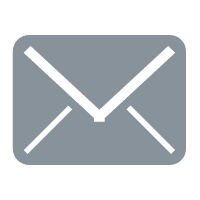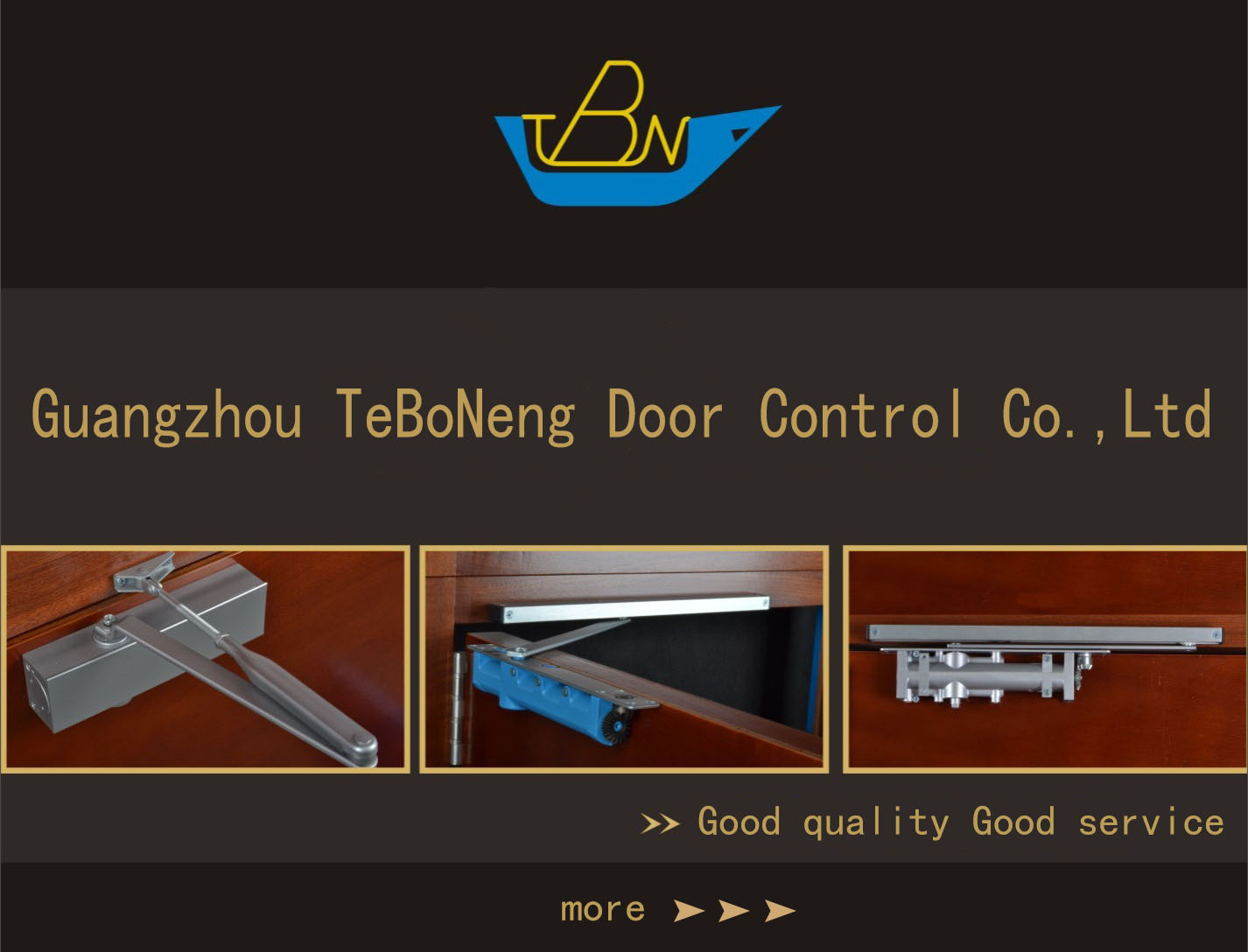rong@teboneng.com

Years of professional door control hardware production, manufacturing,R&D,sales and service experience;
We Insist On Super Excellent Quality As Creative Principle And Goal!

Quality

+8613928834322
Innovation
Integrity
13928834322
Double click here to add text
当前所在页面:
新闻资讯
News information
某某五金,诚信似金,留下信任,带走满意,质高价廉,便携诚信
How Should We Choose A Door Closer?
Source:
|
Author:Guangzhou Teboneng door control Co.,Ltd
|
Published time: 2020-11-20
|
541 Views
|
Share:
The significance of the door closer is not only the automatic closing of the door, but also the protection of the door frame and the door body (smooth closing). More importantly, the door closer has become an indispensable part of the intelligent management of modern buildings. Door closers are mainly used in commercial and public buildings, but they are also used at home. They have many uses, the most important of which is to close the door itself to limit the spread of fire and ventilation in the building.
The types of door closers can be divided into: external and in-line door closers, in-door door closers, door bottom door closers (ground springs), vertical door closers (built-in vertical doors) Doors) and other types of door closers.
Doorbar use requirements and options:
The factors that should be considered when choosing a door closer are: the width of the door, the frequency of opening the door, and the requirements for use and use. The width of the door is the most important factor in selecting the type of door closer. Common doors include fire doors, wooden doors, aluminum doors, glass doors, and steel doors. Usually the weight of the door is small, and the model with less power is selected, and vice versa. The opening frequency is a factor closely related to the quality of the product. For frequently used occasions, the sealing performance of the product should be good and the service life should be long.
1. Whether there is an automatic door stop function after opening the door;
2. Damping buffer function – Quickly open the door to a certain position to generate damping buffer, and the damping buffer force and range can be adjusted according to the use requirements; this function is used to prevent the door or lock from colliding with the wall when the door is quickly opened, or emergency escape It prevents people from losing weight when they open the door quickly and tilts forward to the ground.
3. Delayed slow closing of the door – the door is slowly closed from the maximum position of the door opening, and can be adjusted steplessly according to requirements. It is suitable for use in places with frequent and frequent access, especially in hospitals, where there are doors and passages for the elderly, children and disabled.
4. The closing force can be adjusted – it can be installed on different doors with a wide range of door weights and door widths, as well as places with high door closing resistance due to environmental reasons. Festive stepless adjustment can achieve satisfactory closing force, especially in coastal cities, vehicles and ships, etc., which are affected by wind and close the door resistance (force of the door).
5. Damping reset function Temporary closing performance (vertical door closer) – When opening any angle, closing the speed control valve should temporarily suspend the damping reset function.
6. Safe and fast super-damping closing performance (vertical door closer)–A sudden application of external force during the closing of any angle should be able to close safely and quickly.
7. Use environment: fire protection requirements and anti-freeze requirements for locations at minus 35° in winter.
How to install the door closer:
The most commonly used door closers are exterior door closers, which are installed as follows:
The most common standard usage is the door closer to the hinge side and the open side of the door. When so mounted, the arms of the door closer protrude outwardly, approximately 90° to the door frame.
In the second usage, the door closer is mounted on the opposite side of the hinge from the side of the hinge. Usually an additional bracket provided with the door closer is mounted to the arm parallel to the door frame. This type of usage is usually used on exterior doors that are unwilling to install the door closers outside the building.
The door closer body is in turn mounted to the door frame instead of the door, the door closer being on the opposite side of the door hinge. This usage can also be used for exterior doors that open outwards, especially with only a narrow upper edge, and not enough space to accommodate those doors of the door closer body.
The third usage, the vertical door closer (built-in vertical door closer) is erect invisible on the side of the side of the door leaf shaft. No screws or parts can be seen from the outside. It can be integrated with the door and can be opened and closed in a single direction. Construction is simple.
If you want to know more about door closer , door closer arm, etc., you can contact us.

The types of door closers can be divided into: external and in-line door closers, in-door door closers, door bottom door closers (ground springs), vertical door closers (built-in vertical doors) Doors) and other types of door closers.
Doorbar use requirements and options:
The factors that should be considered when choosing a door closer are: the width of the door, the frequency of opening the door, and the requirements for use and use. The width of the door is the most important factor in selecting the type of door closer. Common doors include fire doors, wooden doors, aluminum doors, glass doors, and steel doors. Usually the weight of the door is small, and the model with less power is selected, and vice versa. The opening frequency is a factor closely related to the quality of the product. For frequently used occasions, the sealing performance of the product should be good and the service life should be long.
1. Whether there is an automatic door stop function after opening the door;
2. Damping buffer function – Quickly open the door to a certain position to generate damping buffer, and the damping buffer force and range can be adjusted according to the use requirements; this function is used to prevent the door or lock from colliding with the wall when the door is quickly opened, or emergency escape It prevents people from losing weight when they open the door quickly and tilts forward to the ground.
3. Delayed slow closing of the door – the door is slowly closed from the maximum position of the door opening, and can be adjusted steplessly according to requirements. It is suitable for use in places with frequent and frequent access, especially in hospitals, where there are doors and passages for the elderly, children and disabled.
4. The closing force can be adjusted – it can be installed on different doors with a wide range of door weights and door widths, as well as places with high door closing resistance due to environmental reasons. Festive stepless adjustment can achieve satisfactory closing force, especially in coastal cities, vehicles and ships, etc., which are affected by wind and close the door resistance (force of the door).
5. Damping reset function Temporary closing performance (vertical door closer) – When opening any angle, closing the speed control valve should temporarily suspend the damping reset function.
6. Safe and fast super-damping closing performance (vertical door closer)–A sudden application of external force during the closing of any angle should be able to close safely and quickly.
7. Use environment: fire protection requirements and anti-freeze requirements for locations at minus 35° in winter.
How to install the door closer:
The most commonly used door closers are exterior door closers, which are installed as follows:
The most common standard usage is the door closer to the hinge side and the open side of the door. When so mounted, the arms of the door closer protrude outwardly, approximately 90° to the door frame.
In the second usage, the door closer is mounted on the opposite side of the hinge from the side of the hinge. Usually an additional bracket provided with the door closer is mounted to the arm parallel to the door frame. This type of usage is usually used on exterior doors that are unwilling to install the door closers outside the building.
The door closer body is in turn mounted to the door frame instead of the door, the door closer being on the opposite side of the door hinge. This usage can also be used for exterior doors that open outwards, especially with only a narrow upper edge, and not enough space to accommodate those doors of the door closer body.
The third usage, the vertical door closer (built-in vertical door closer) is erect invisible on the side of the side of the door leaf shaft. No screws or parts can be seen from the outside. It can be integrated with the door and can be opened and closed in a single direction. Construction is simple.
If you want to know more about door closer , door closer arm, etc., you can contact us.
Contact Us
Guangdong Teboneng Door Control Co.,Ltd.
Address : Xintang Kechuang Park, No.15, South Industrial Avenue, Xiaolan Town, Zhongshan City, Guangdong ,China

+8613928834322

13928834322

Email:rong@teboneng.com

+8613928834322
Web Site Navigation
QR Code
Copyright@Guangzhou Teboneng door control Co., Ltd
EN4EN5Concealed door closer brand manufacturers|Professional supplier of high-quality door closers|



